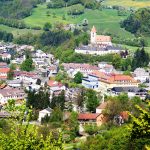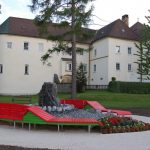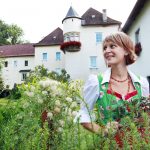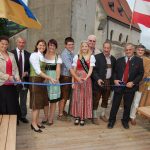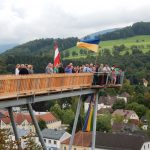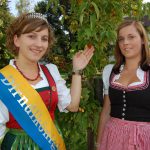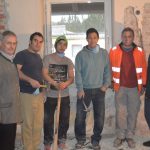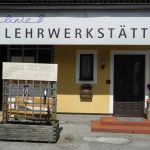Kirchberg an der Pielach, Lower Austria, Austria
The market town Kirchberg an der Pielach with its some 3.200 inhabitants is located about 30 kilometres South of the state capital Sankt Pölten and is easily reachable by train as well as through the road network. It has a central role within the Pielachtal due to its infrastructural equipment.
In Kirchberg, there are 1.570 working spaces, 1.000 people commute out of the city while 380 people commute into it. The economy is characterised by 110 agricultural enterprises with a high number of organic businesses (32) on the one hand as well as 97 trade establishments and 64 enterprises in the field of service on the other hand. More than 70 associations and clubs with some 6.000 members bare witness to the active community.
The communal development of Kirchberg began in the 1990ies. The strategy was characterised by intense process support, civic participation and by its wholesome content. Main focus was put on social and health aspects as well as touristic, economic, agricultural, ecological and cultural fields and settlement planning.
In all of these fields, numerous exemplary, often interconnected projects could be implemented, many times in cooperation with partners from the region. In many regards, Kirchberg can be considered a pioneer municipality – subjects such as inner development and the minimisation of vacancies as well as energy autonomy, clean mobility and an ecologically healthy cultural landscape – as a base for prosperity in the fields of tourism and agriculture – were early goals. Additionally, the consequences of demographic change were faced early on with numerous measures and a harmonic balance was found between the maintenance of traditions and the openness for new life models and modern needs. The open, mostly voluntary and municipality-supported commitment to the integration of asylum seekers comes naturally. The cultural and educational supply is diverse. Of particular importance are the Kardinal König-Talks, as a reminiscence for one of the municipalities “great sons”, that have become a tradition.
15 regional member- and partnerships point out both the openness of the village and its wisdom to use symbiosis. An outstanding aspect is the association “Pielacher Regionalplanungsgemeinschaft” (regional planning association of Pielach), founded in 1996 with great initiative from Kirchberg, through which 8 municipalities created and established the brand “Dirndltal” (named after both the typical women’s dress and the cornel cherry, also called “Dirndlfrucht”). The brand has a clearly positive effect on the regional added value and is identity-establishing due to its inclusion of all life aspects – agriculture and trade (regional products) as well as tourism, education and culture.
Other exemplary highlights of Kirchberg are the efforts to maintain the Mariazellerbahn as a lifeline of the region, regional spatial planning and the unconventional way of job training which involves several businesses training the trainees together and thereby giving particularly great changes to young adults that are difficult to place.
Evaluated: 2016

